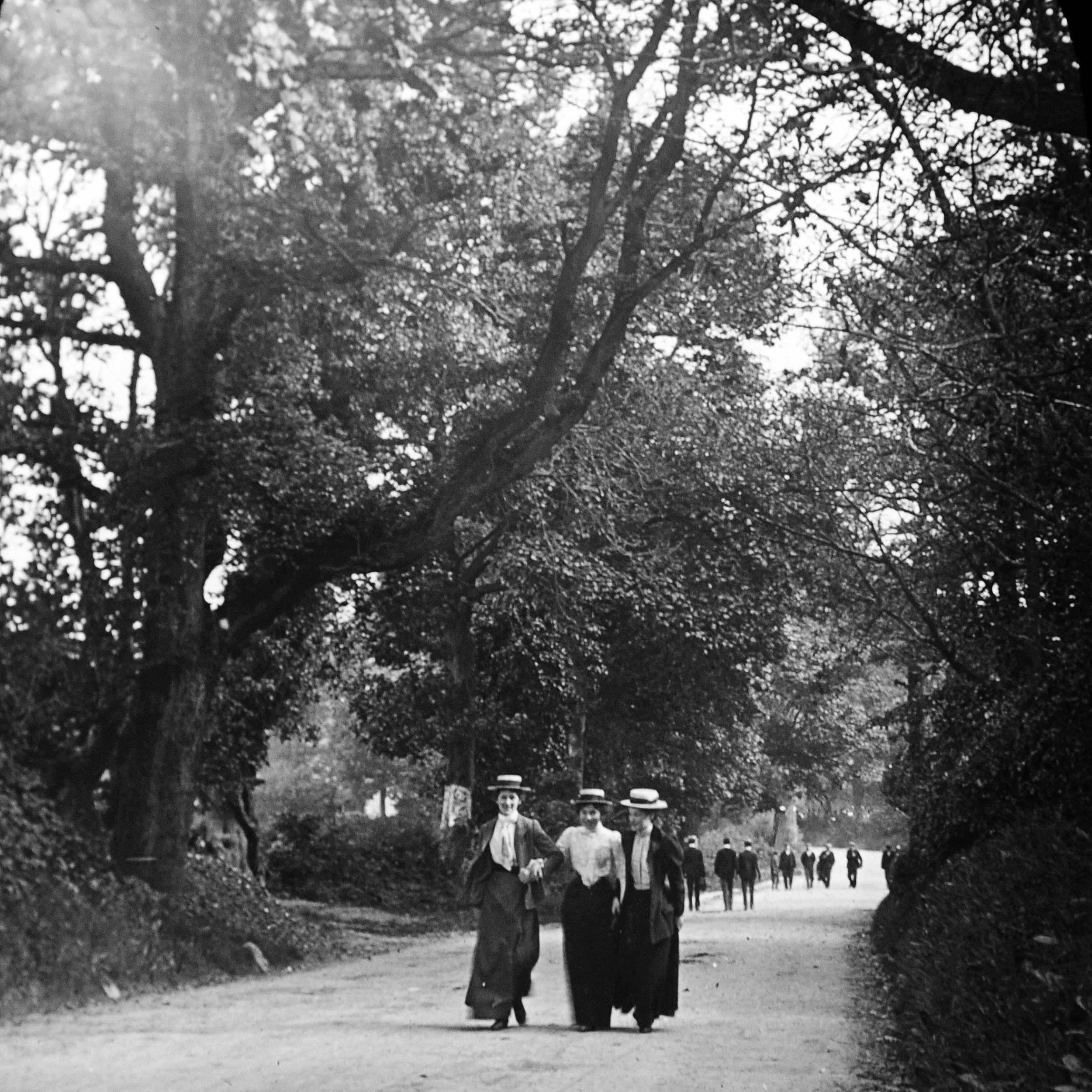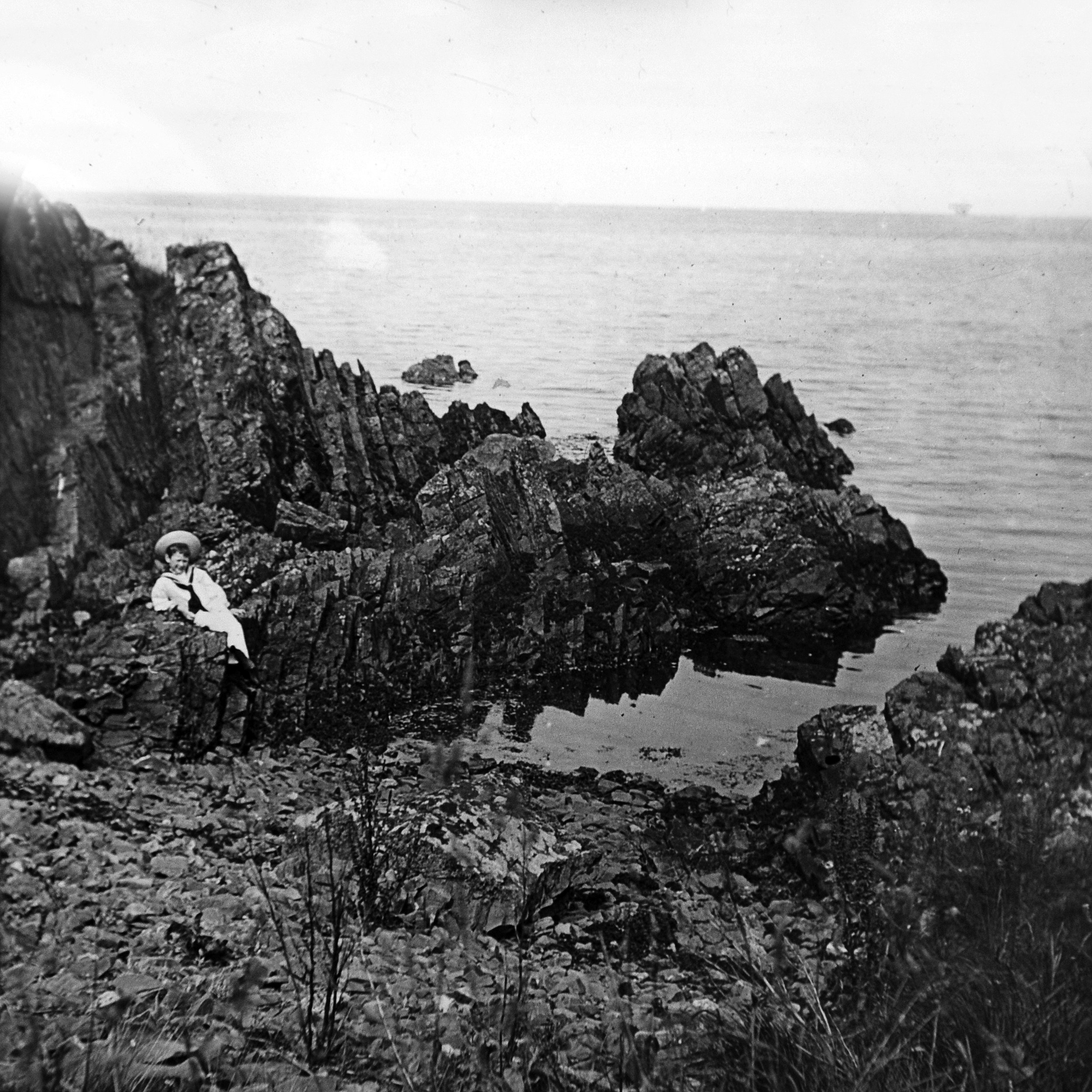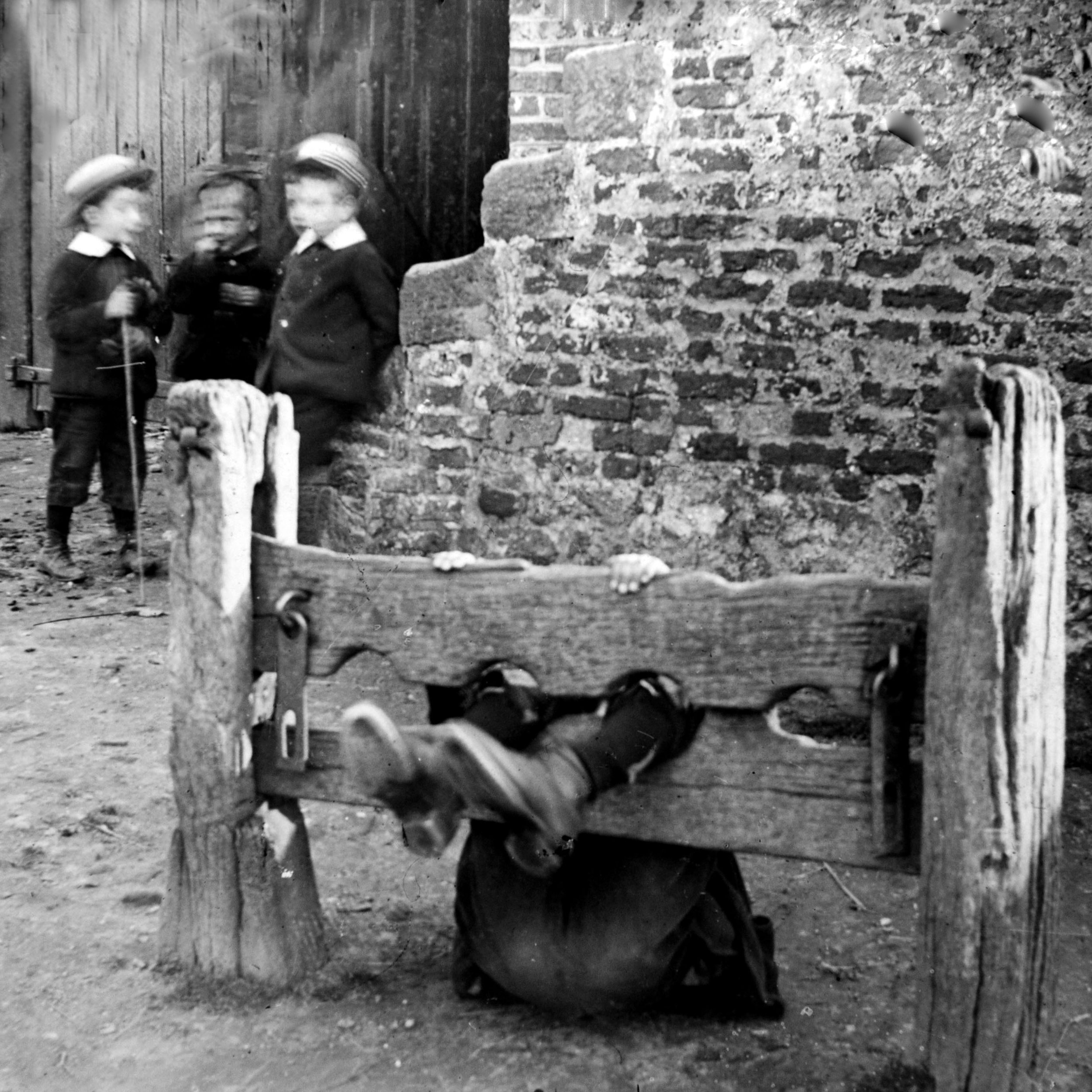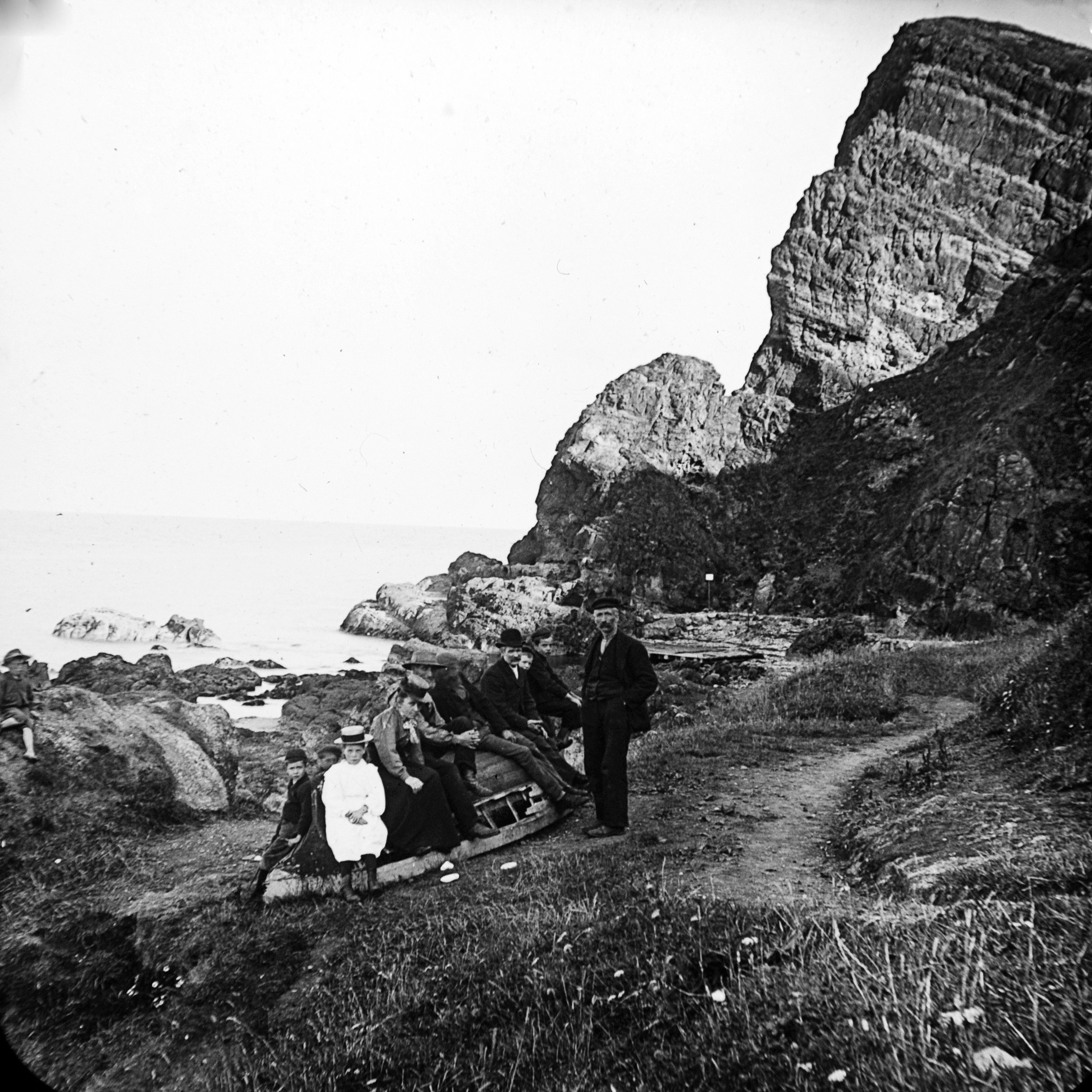RJ Welch
Bio
The leading photographer in the north of Ireland in the late nineteenth and early twentieth centuries was undoubtedly Robert John Welch (1859-1936). Born at Strabane, Co. Tyrone, he lived for a time in Enniskillen, Co. Fermanagh, where his father ran a photographic business. On the death of his father in 1875 he moved to Belfast and worked for a local photographer, E.T. Church. In 1883 Welch established his own business, and over the next 53 years built up a high reputation as a photographer covering a wide range of fields, including geology, botany, topography, archaeology and ethnography. In his work he dealt with all of Ireland, but especially Ulster: in 1926 he reckoned he had travelled 60,000 miles to photograph antiquities alone. Welch's photographs were used for scientific articles and lectures, as well as for book illustrations, advertisements and publicity purpose. He was official photographer to a number of important industrial firms such as Harland and Wolff and the Belfast Rope works Company.
Welch possessed a wide knowledge of many of the subjects he photographed. He was a member of the Royal Irish Academy, the Belfast Naturalist Field Club and the Chronological Society of Great Britain and Ireland: he served as president of the latter 2 societies. To these organisations Welch brought great enthusiasm and learning and he was well known for his generosity and helpfulness. In recognition of his valuable contribution to Irish natural history, Queen's University, Belfast, conferred an honorary M.Sc. on him in 1923.
Of the societies to which Welch belonged, the Belfast Naturalist Field Club was probably his main interest. The club was founded in 1863 to promote interest in natural history and archaeological studies, and to increase knowledge of the geology, botany, zoology and antiquities of the north of Ireland. During the summer it held excursions to different parts of the country while in the winter members read papers at regular meetings: it published proceedings of the club as well as lists of local species and antiquities, compiled by members. The club attracted a wide range of intellectuals. Besides Welch, at least 4 other of the photographers in this book were members. F.J. Bigger, the antiquarian, and R.L. Praeger, the naturalist, also belonged to the club.
Over the period from the 1880's to the 1930's Welch built up a fine collection of negatives of Belfast street scenes, which provides us today with a valuable record of the various changes during these years. The photographs of Belfast, selected for this article, show the city in the Edwardian era and make an interesting comparison with the pictures of mid-Victorian Belfast. By 1911 the population of the city had arisen to nearly 400,000. Shipbuilding had become the leading Belfast industry along with linen manufacture.
100% of every donation goes directly to programming. We deeply appreciate your support!
































